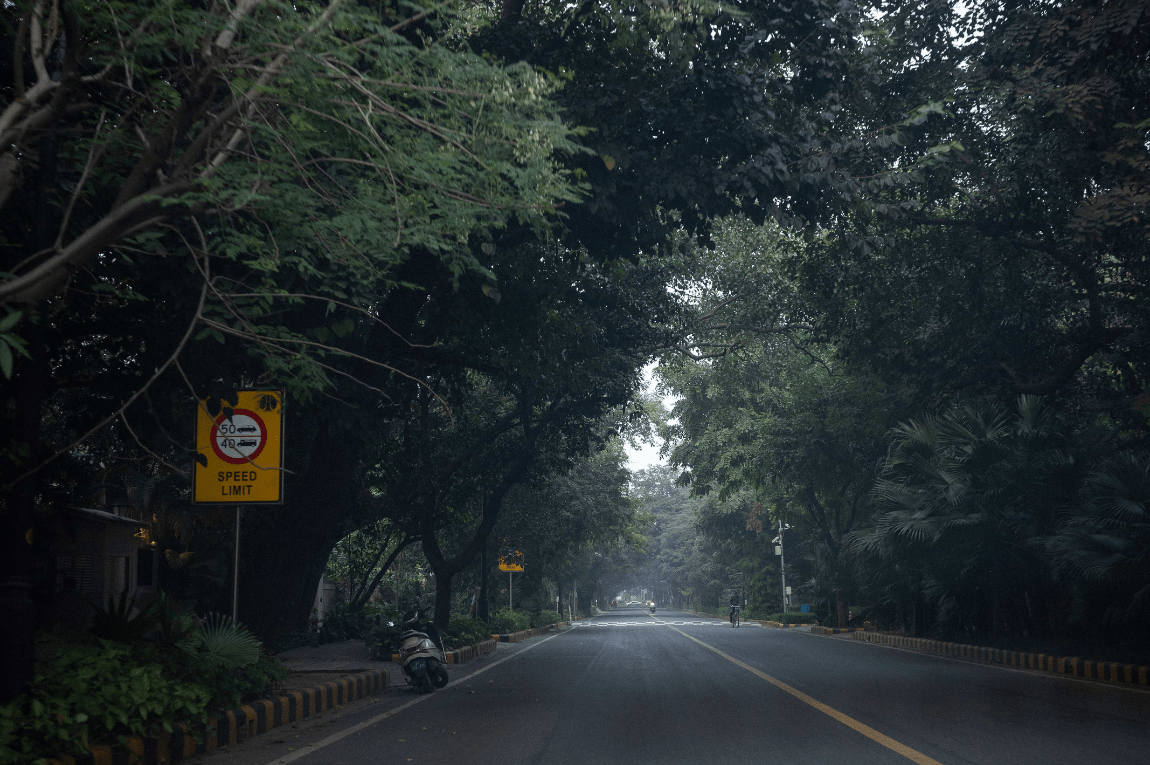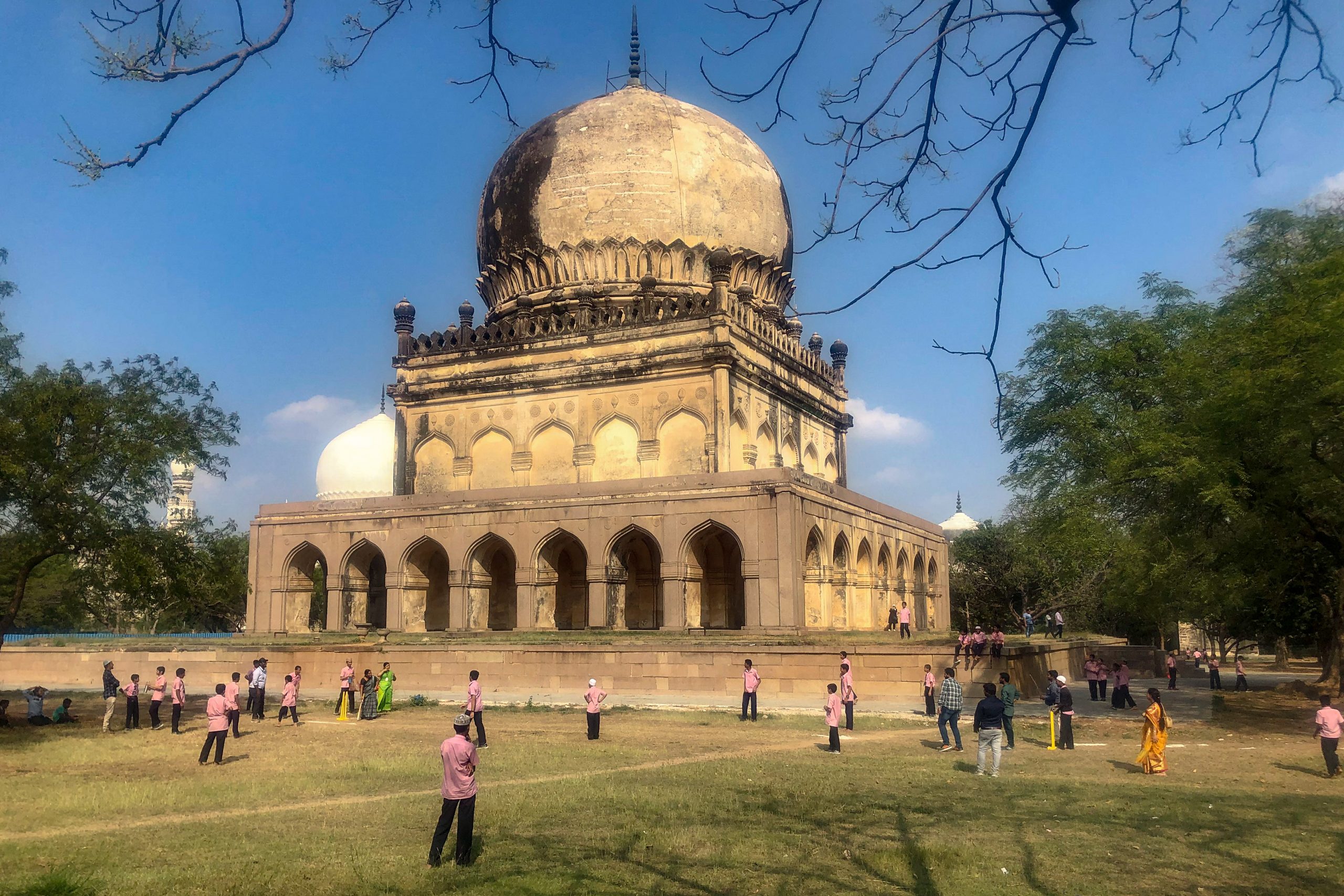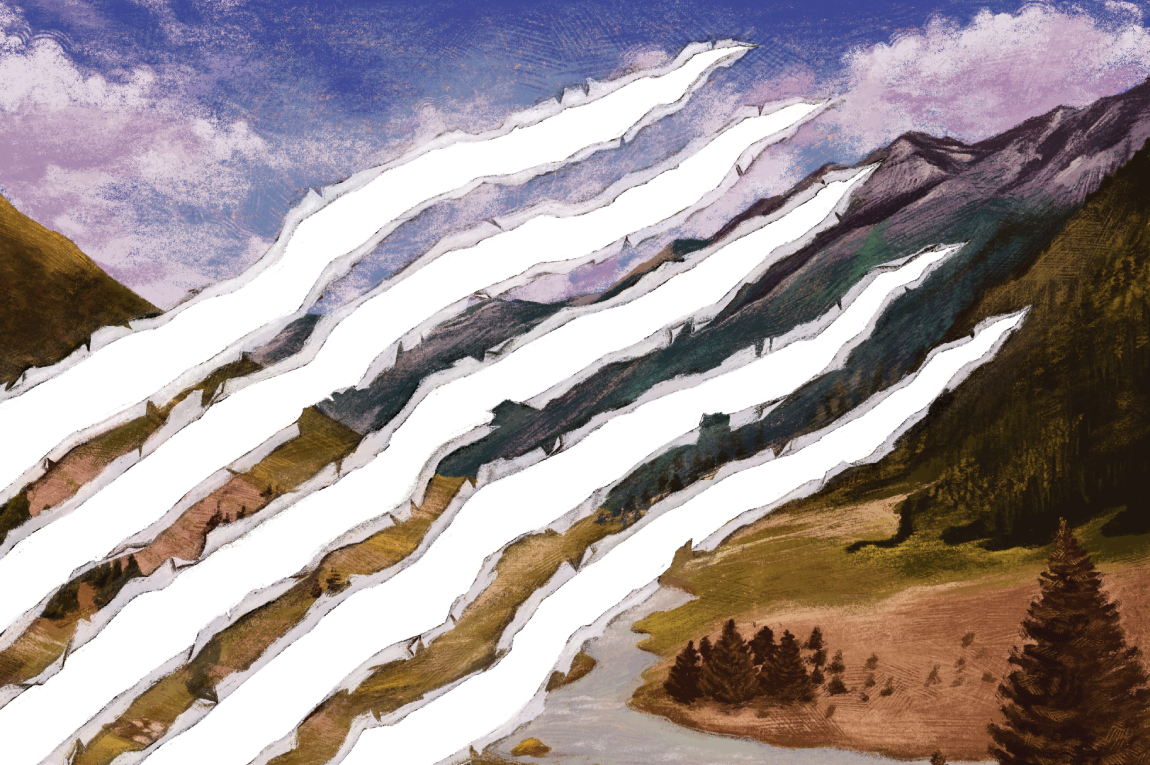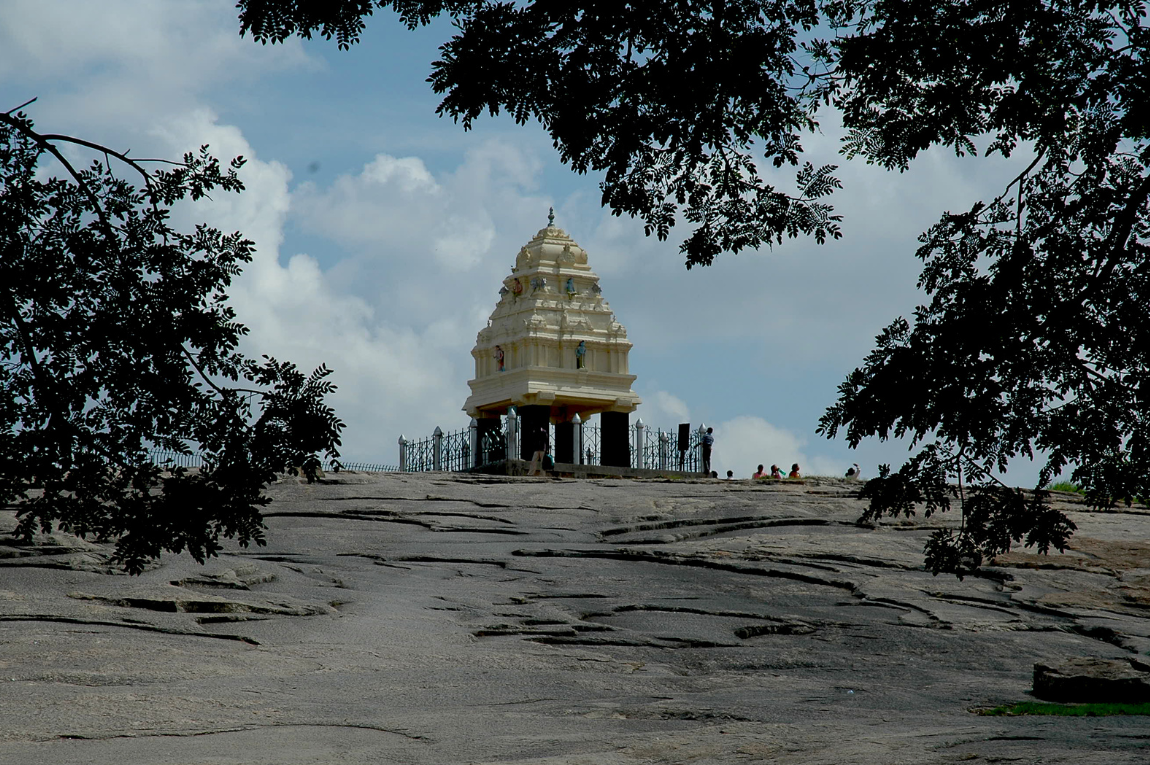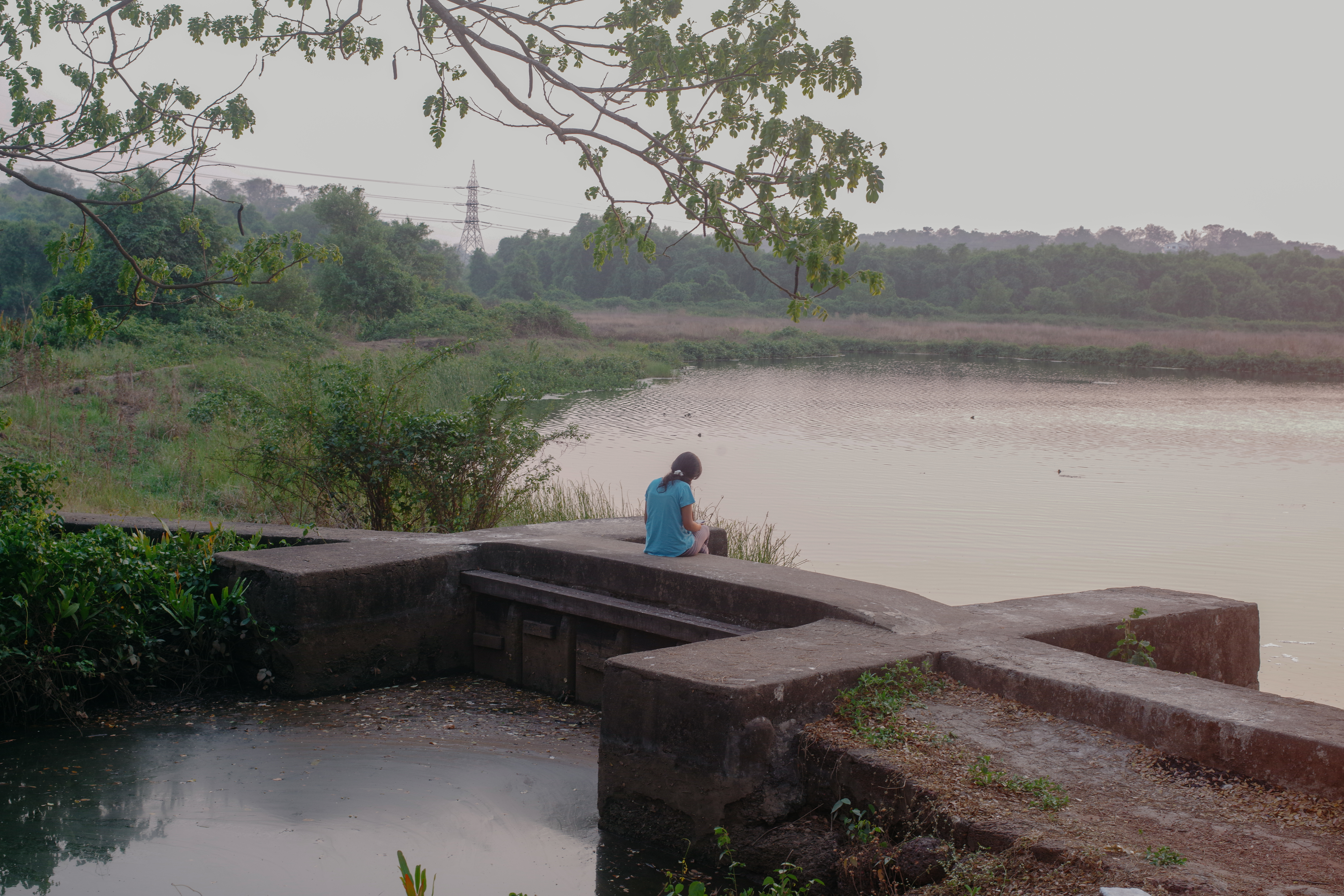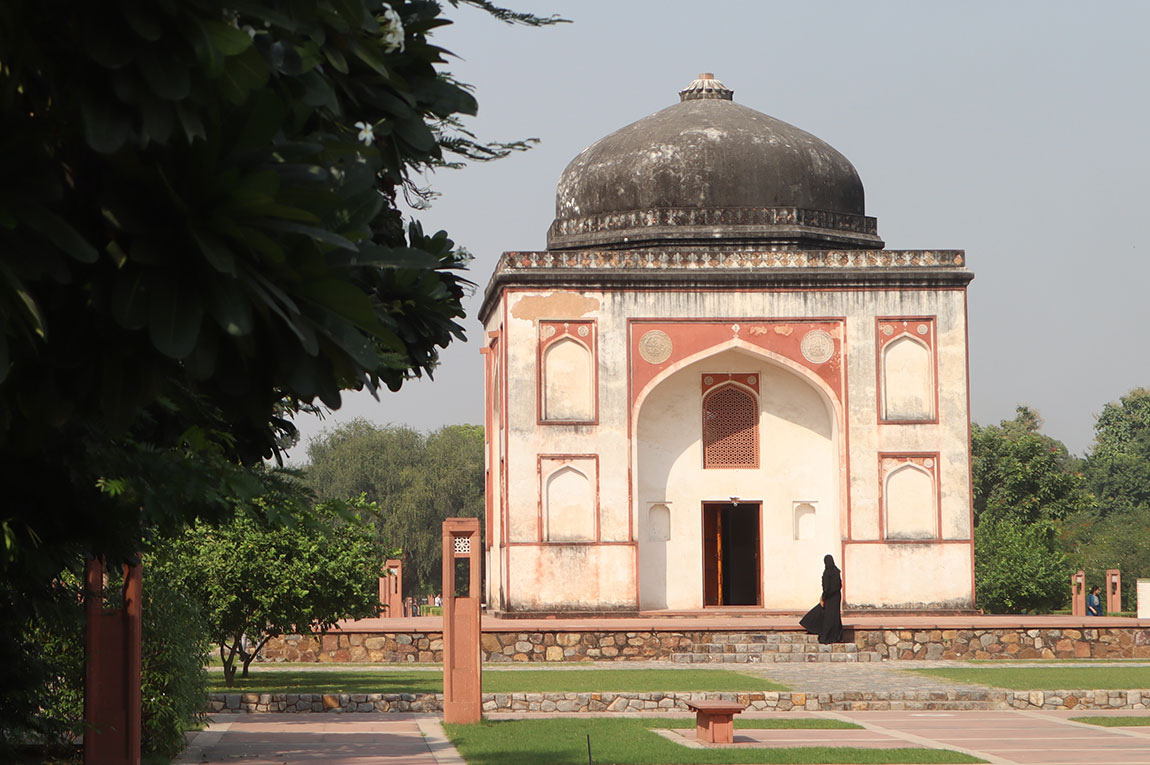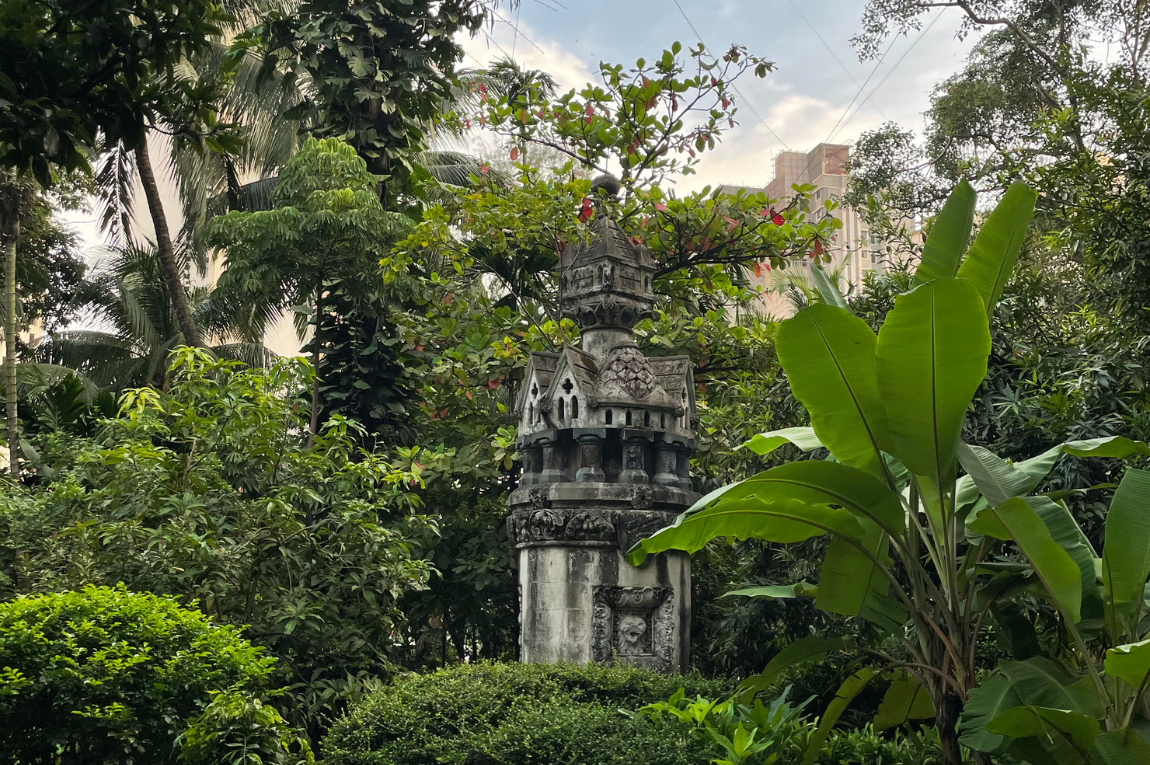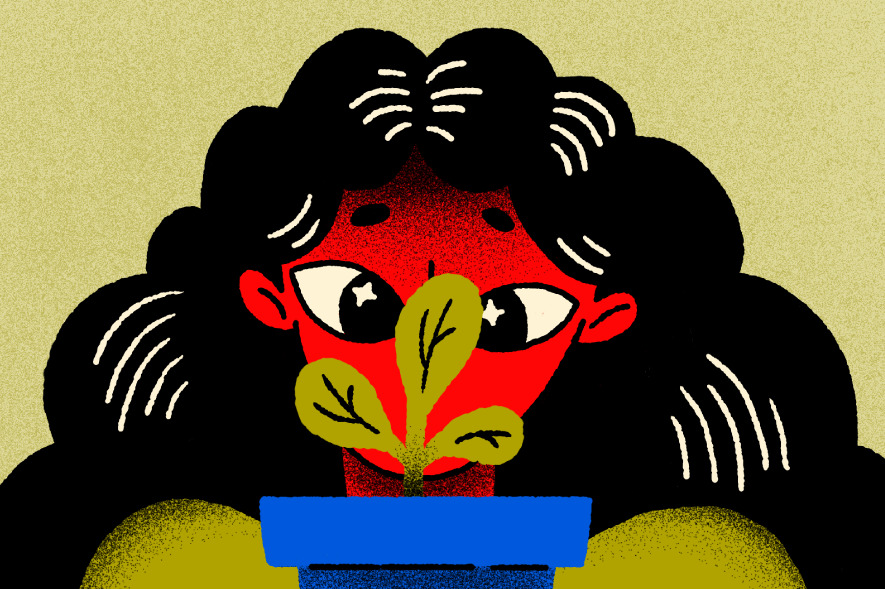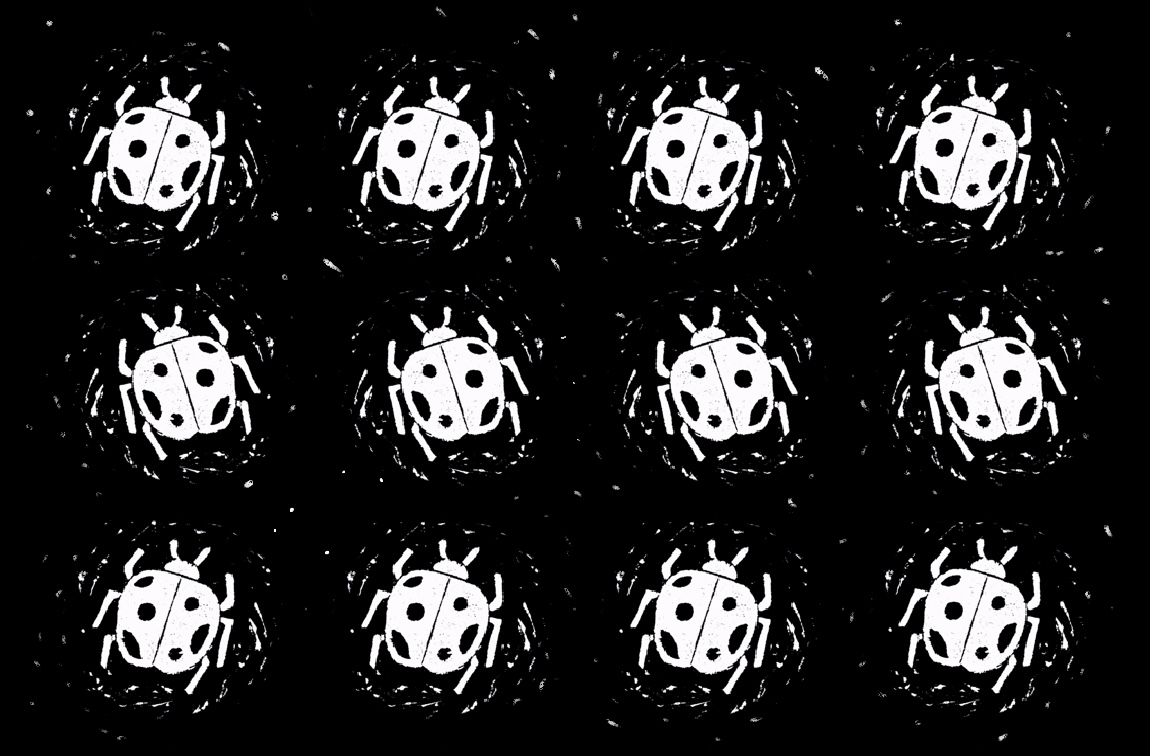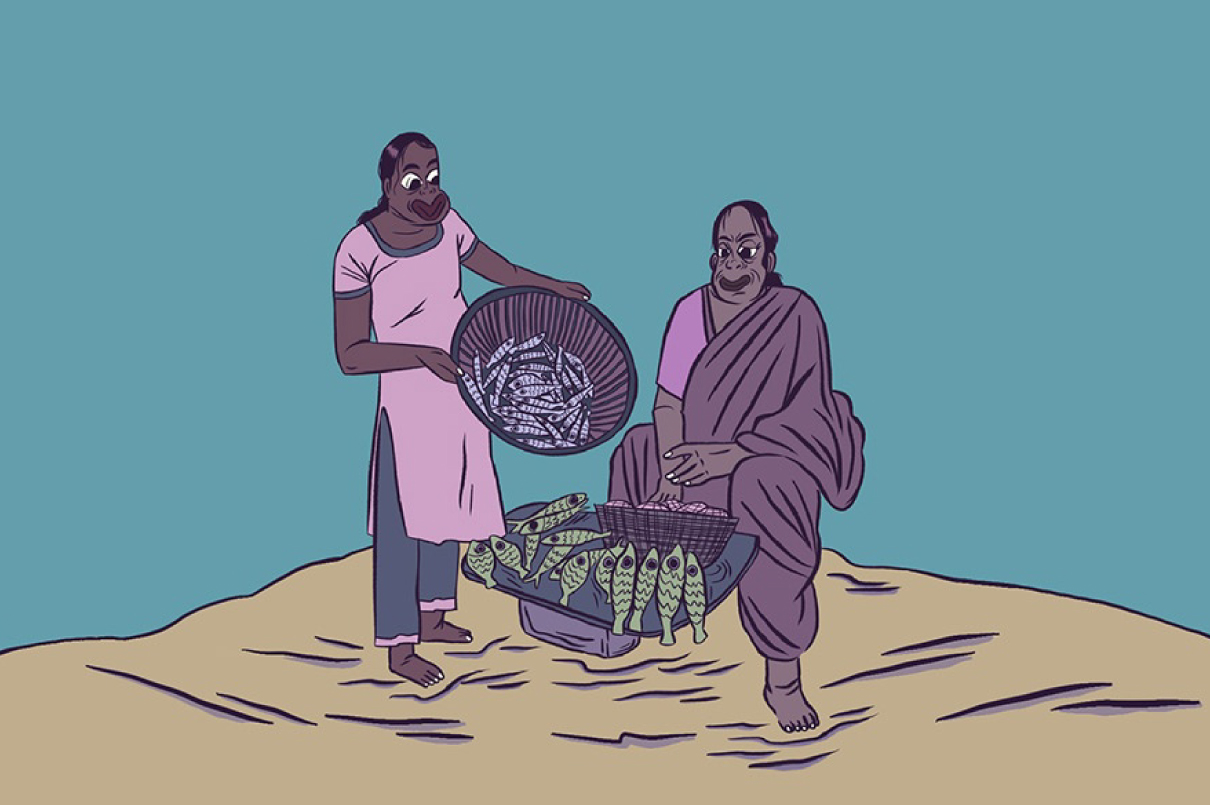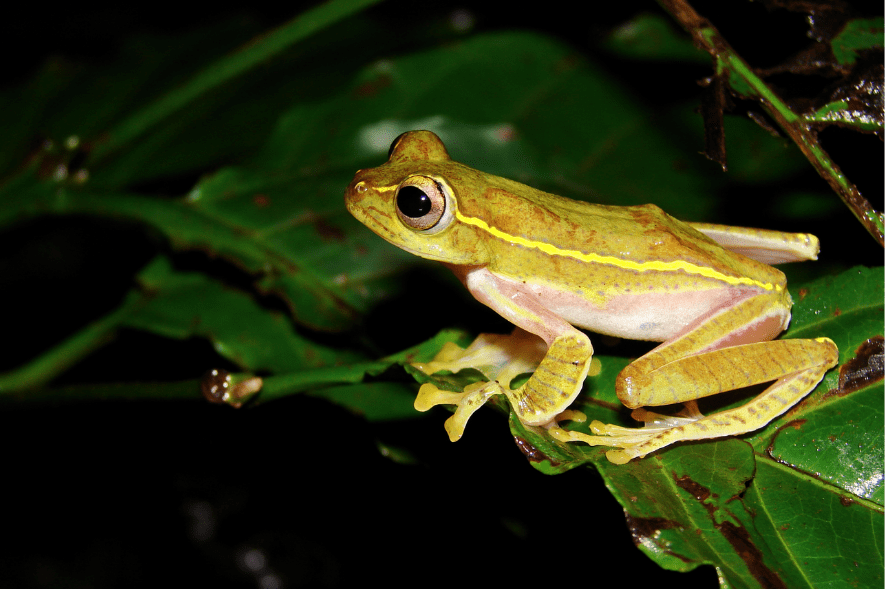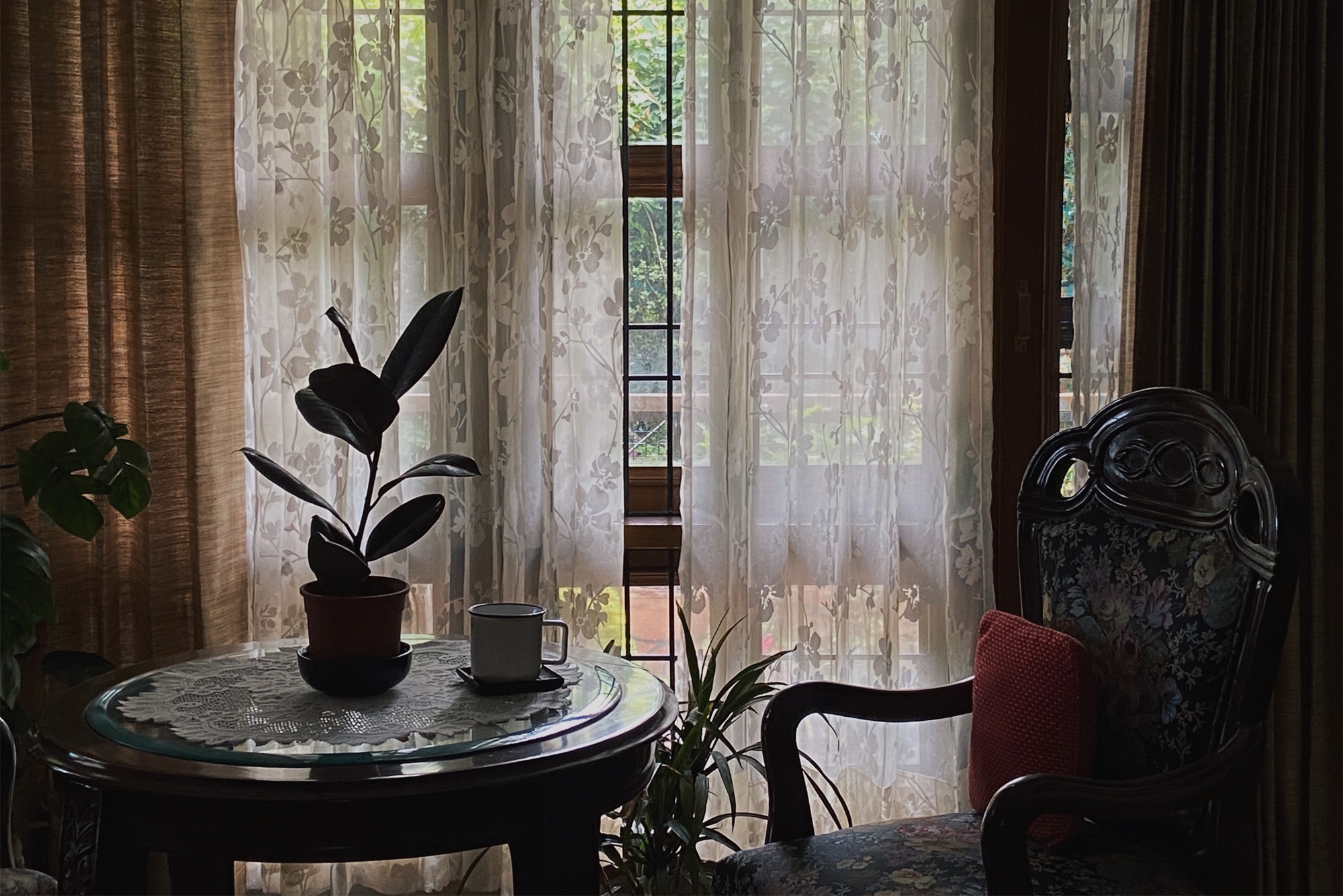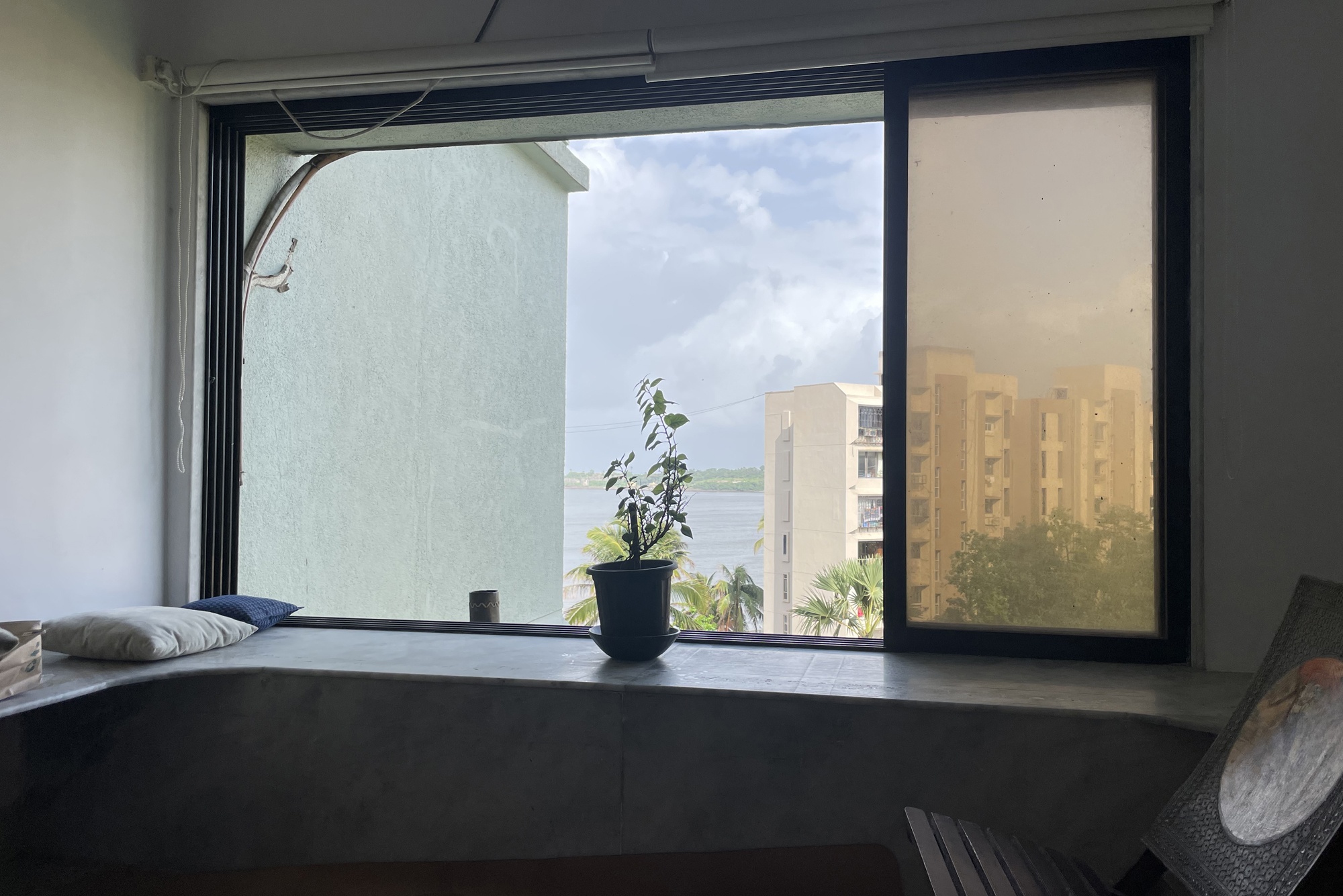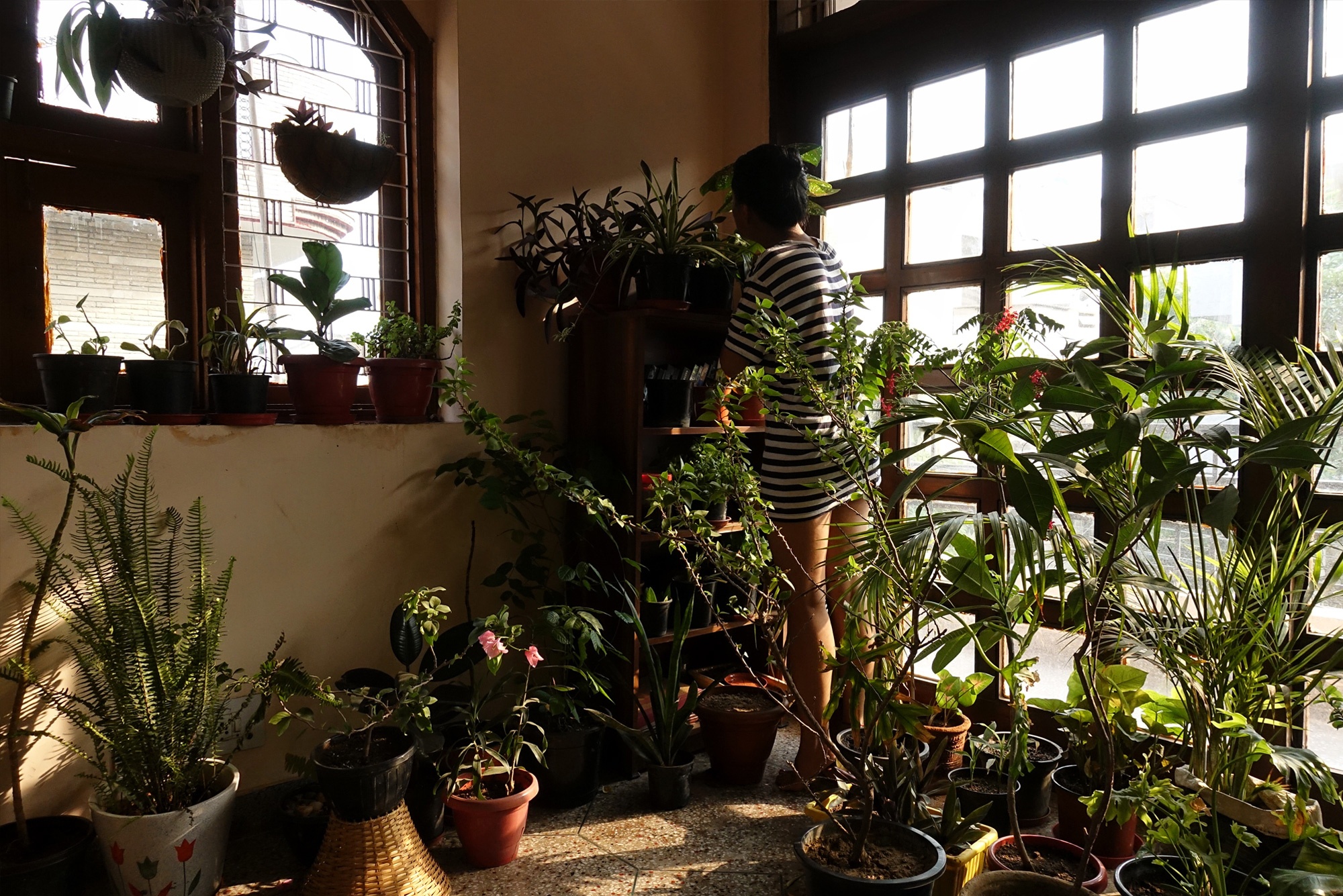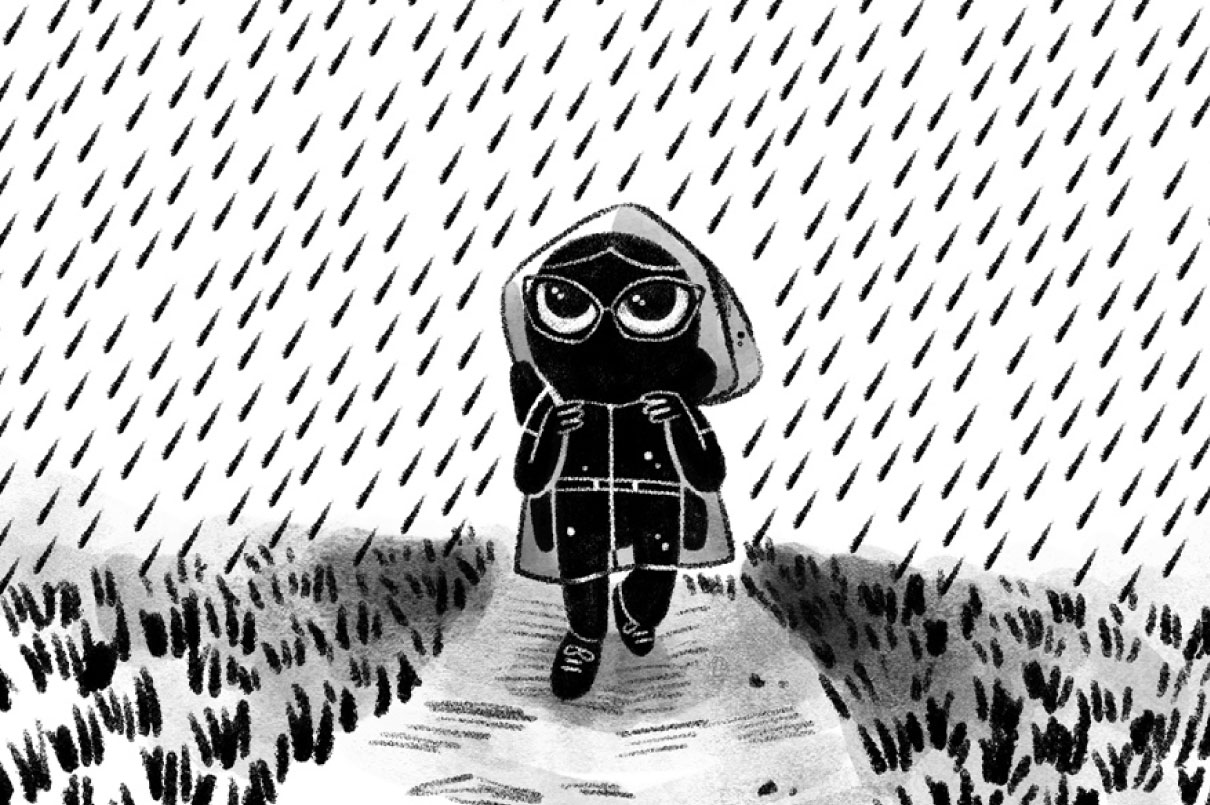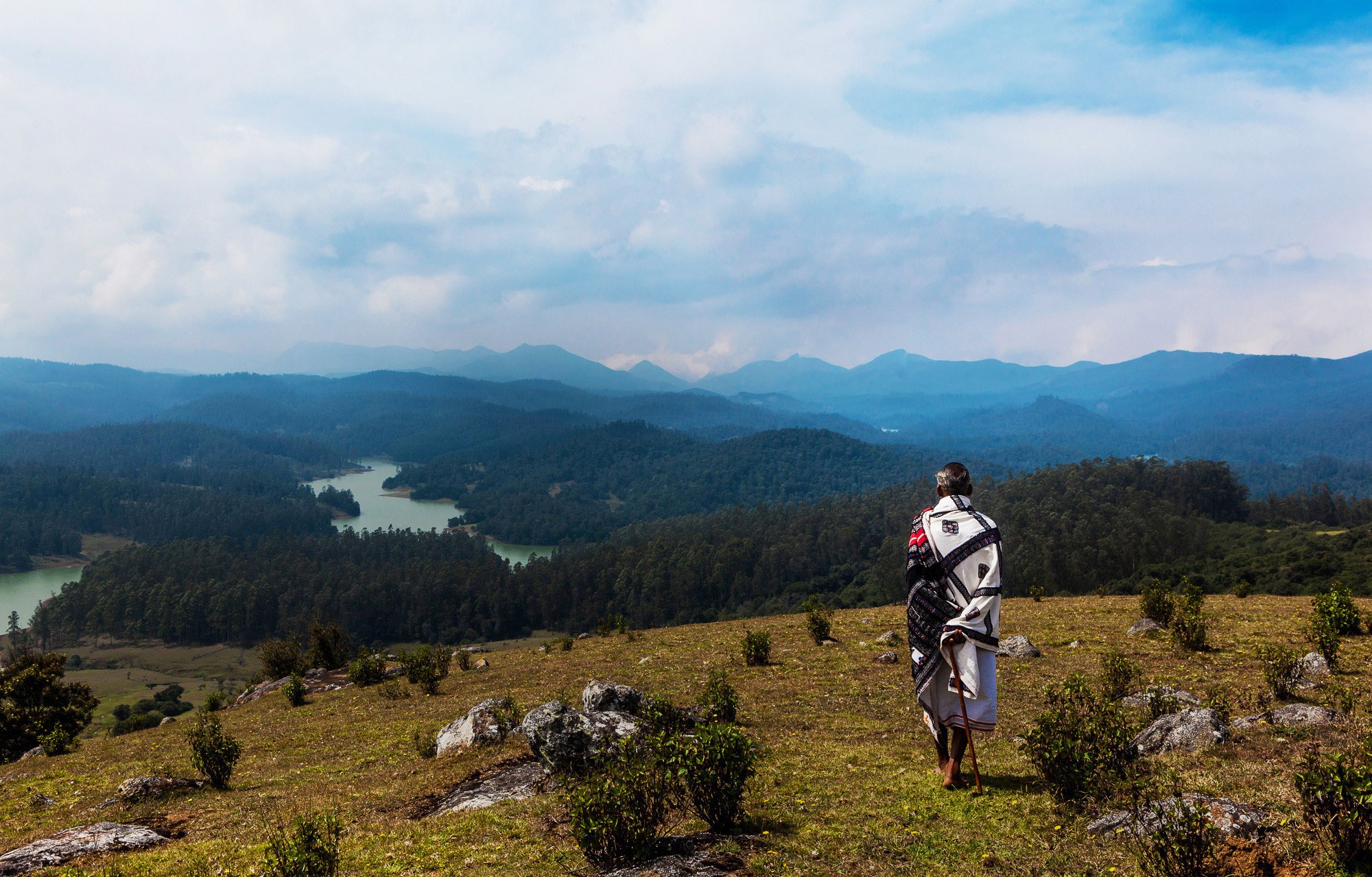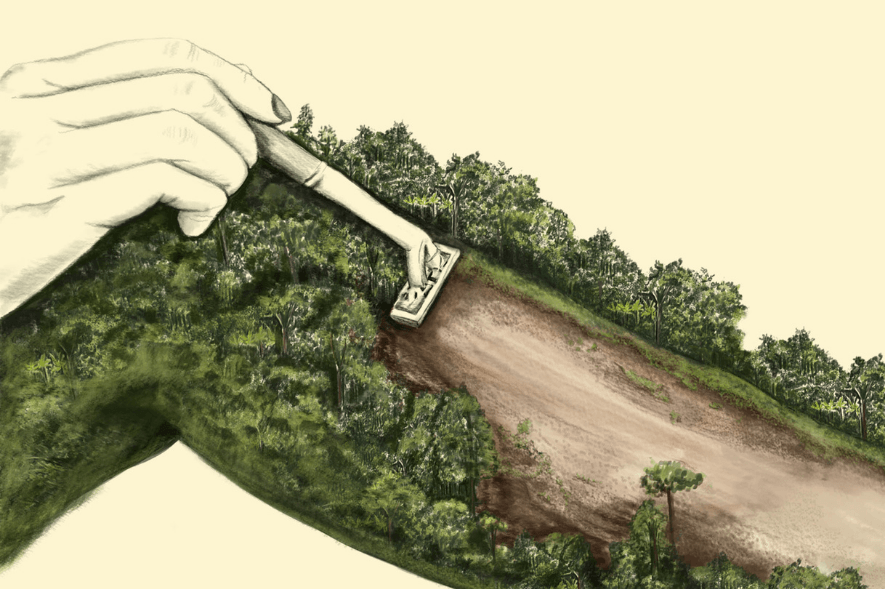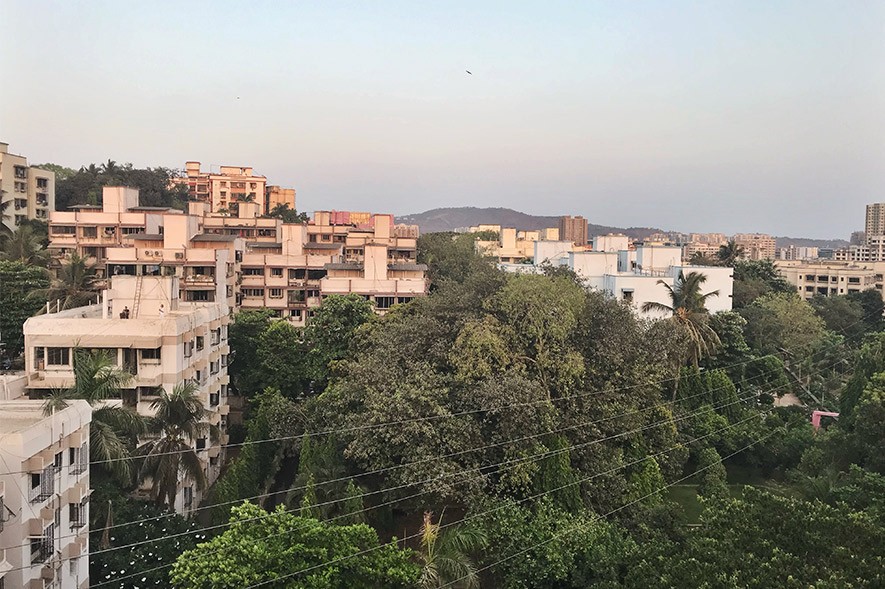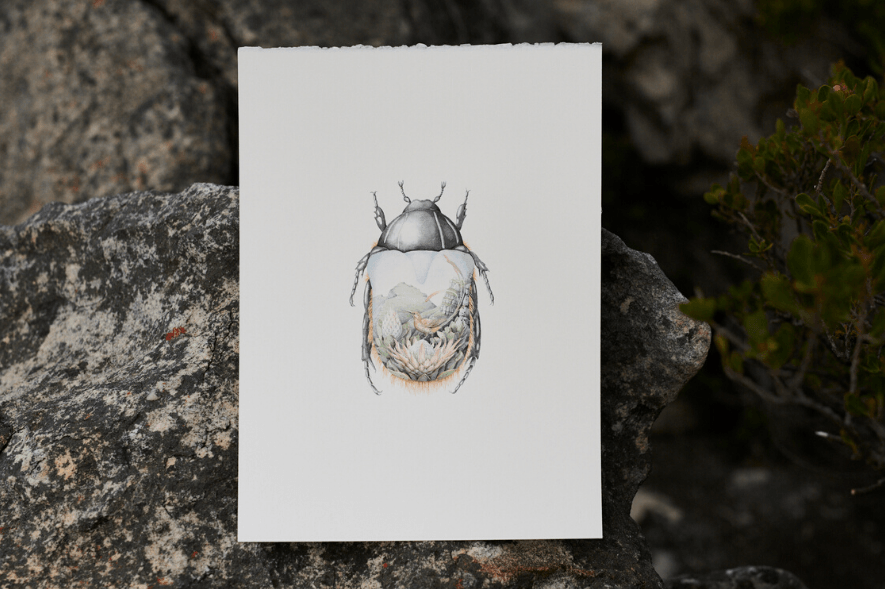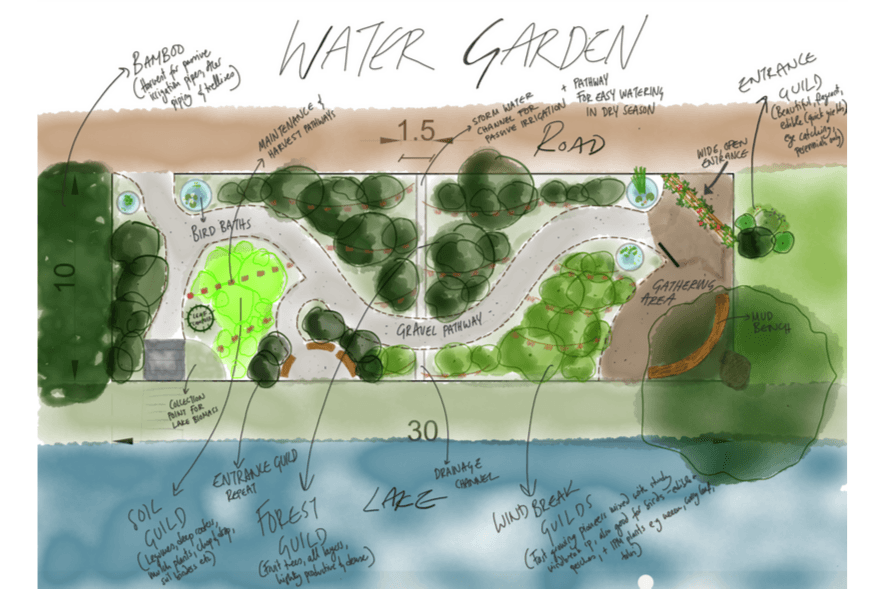‘The Room on the Roof’ (1956) by Ruskin Bond
Set in Dehradun of the 1950s, Ruskin Bond’s first novel charts the journey of 17-year-old Rusty who runs away from abusive foster parents to find his place in the world. Delightfully queer in its narration, this is a story of longing and belonging: ominous yet playful, filled with nostalgia yet replete with possibilities of new beginnings. There’s a striking image — of a bougainvillea creeper that never lets the window of Rusty’s room on the roof from ever being shut — that has stayed with me ever since I read the book many years ago, an image that brings back the characteristic wonder of each of us staring outside windows in awe of the sheer force of the Indian monsoon.
—Anish Gawande, Director, Dara Shikoh Fellowship
‘The Baron in the Trees’ (1957) by Italo Calvino
When it rains, and I mean pounding rain in gale force winds, I think of trees. From the wrong side of a window, I try to imagine what the large ficus outside senses. Although an impossibility, an ability I would most like to possess is the sensory range to experience the world as every creature there is. And this book by Calvino takes a reader through such an experience — one that we don’t get to sample — a life in a forest canopy. The book is led by Cosimo, a 12-year-old son of a baron, who one day, half out of childish petulance and half as a caper, takes offence at his father, climbs a tree and pronounces that he will never come down again. And he doesn’t.
Cosimo’s life is not truncated because of this but is instead blessed with a kind of audaciousness and humour that make for classic adventure stories. He both thrives and suffers in his life among the trees, and builds himself an eccentric, exceptional world in which he experiences a full range of a human life, off the ground, a few metres closer to the clouds. So on rainy days, I often think of Cosimo, and what he would be doing up on a tree in the rain.
—Padmaparna Ghosh, journalist
‘Air’s Appearance: Literary Atmosphere in British Fiction, 1660-1794’ (2012) by Jayne Elizabeth Lewis
I began reading this book on a long-distance flight. Calling good literary criticism a ‘thriller’ might seem odd to many, but as someone who’s deeply curious about the character of light and air and water and soil, I found this investigation of ‘air’ and ‘atmosphere’ in literature very exciting. Moving through science and literary texts, art and the supernatural, Lewis creates her own gestures and postures of reading — this is the kind of mind I like to watch at play.
—Sumana Roy, poet and writer
‘Monsoon Feelings: A History of Emotions in the Rain’ (2018) edited by Imke Rajamani, Margrit Pernau & Katherine Butler Schofield
Monsoon is a season that has to be felt. For those like me who love art, music, poetry and literature but may not be so well acquainted with every facet of it in relation to the monsoon, this book is essential reading. This volume has contributions by various experts in their fields and together, they make you feel the monsoon.
—Rana Safvi, author and historian
‘A History of Clouds: 99 Meditations’ (2003/2010) by Hans Magnus Enzensberger, translated by Martin Chalmers and Esther Kinsky
I tend to visit India during the winter so I have no first-hand experience of the monsoon, but I do know how important the company of books becomes when inclement weather keeps you indoors. For me that company always incudes at least one collection of poetry, ideally a shorter single-author volume that rewards unhurried, thoughtful engagement. Enzensberger, the prominent German poet, writer and editor covers a wide range of territory in this book. But the best poems are those that stay close to nature and intimate experience, especially the stunning title piece, an extended exploration of the fleeting artistry and archaeology of clouds, or, as he calls it, “the science of angels.”
—Joseph Schreiber, writer and editor
‘Staying Alive’ trilogy (2002) edited by Neil Astley
I’d recommend the Staying Alive poetry trilogy, published by Bloodaxe Books. These are three strong, richly varied, passionate, inspirational books: Staying Alive, Being Alive, and Being Human. For readers of all persuasions (poets and others), they are reminders of why we need poetry in our lives. There are poems of love, laughter, loss, wonder, survival — the entire kit and caboodle of being human. And it’s ideal for the monsoons because the best way to read poems is to read a few, pause, go make yourself a cup of masala chai, read some more, look out at a rainy afternoon, and allow yourself the great endangered activity of our times — the licence to dream.

